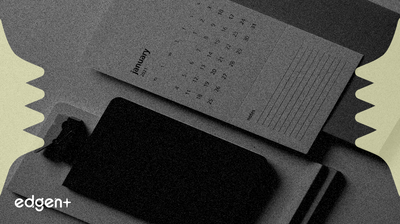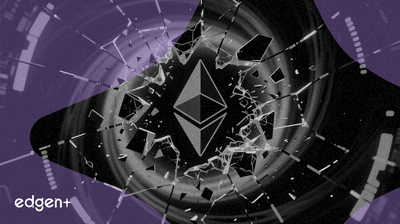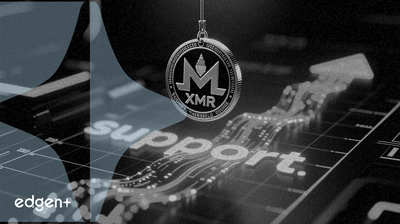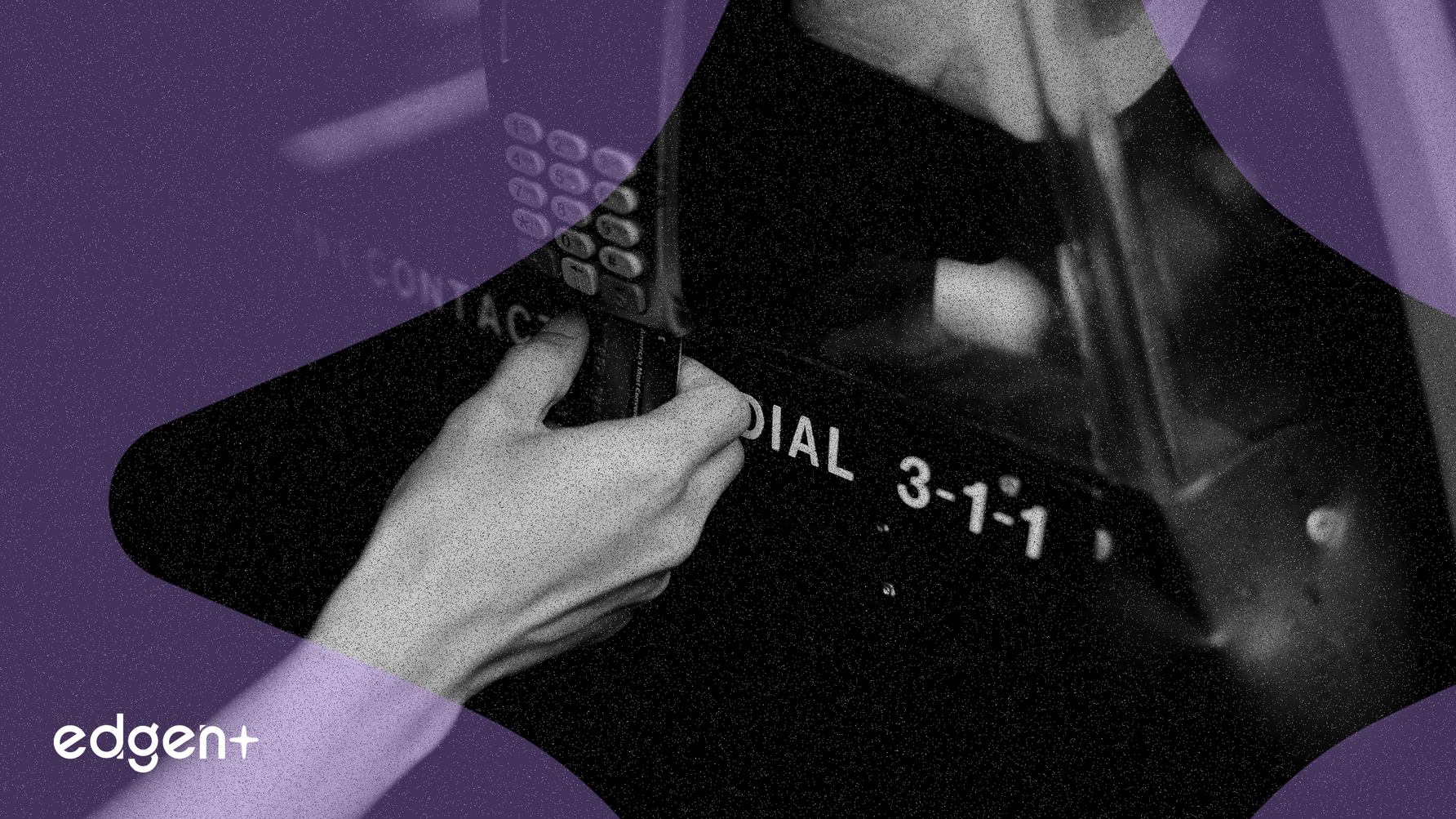Related News

SUIとENA、週次1億3,900万ドル超のトークンアンロックを主導、市場に圧力
## エグゼクティブサマリー 今週、暗号通貨市場は、**Sui (SUI)** と **Ethena (ENA)** を筆頭に、いくつかのトークンの流通供給量の大幅な増加に備えています。これらの予定されたイベントにより、以前は制限されていた1億3,900万ドル以上の資産がアンロックされます。トークンアンロックは、プロジェクトのトークノミクスにおける重要な要素であり、資産価格に相当な圧力をかける可能性のある計画されたインフレイベントを表します。市場の反応は、投資家の需要とこれらのプロトコルの認識される長期的な価値に対する重要な試金石となるでしょう。 ## イベントの詳細 今週の最も顕著な2つのアンロックは次のとおりです。 * **Sui (SUI):** 12月1日、Suiネットワークは5,554万SUIトークン(約8,500万ドル相当)をアンロックしました。この放出は、トークンの流通供給量の約0.56%を占めます。 * **Ethena (ENA):** 12月2日、Ethenaプロトコルは推定5,430万ドル相当のトークンをアンロックする予定です。この新規供給の注入は、現在の流通供給量の3.04%を占めます。これは、2026年まで続くより大規模な段階的リリーススケジュールの一部です。 **SANTOS**、**WAL**、**RED**を含む他のトークンも、今週中に小規模なアンロックが予定されており、市場全体の流動性供給の増加に貢献しています。 ## 市場への影響 大規模なトークンアンロックの主な影響は、売り圧力の増加の可能性です。トークンが初期投資家、チームメンバー、コミュニティ準備金に分配されると、これらの資産の一部はしばしば公開市場で清算されます。このような突然の供給増加は、それに見合う需要がなければ、価格の下落圧力につながる可能性があります。 **ENA**の場合、流通供給量の3.04%のアンロックは、短期的なボラティリティを引き起こす可能性のある重要なイベントです。市場がこれらの新規トークンを大幅な価格下落なしに吸収できるかどうかは、現在の市場センチメント、資産の取引量、およびアンロックされたトークンの受領者の行動に依存します。予定されており透明性があるにもかかわらず、これらのイベントは、供給側のリスクを評価するトレーダーにとって引き続き重要な焦点です。 ## トークノミクスとベスティングスケジュール トークノミクスを深く掘り下げると、これらのアンロックの背後にあるメカニズムが明らかになります。 * **Sui (SUI):** このプロトコルの総供給量は100億トークンに制限されています。現在のアンロックは、早期貢献者(72ヶ月ベスティング)、シリーズA投資家(11ヶ月ベスティング)、シリーズB投資家(24ヶ月ベスティング)、およびコミュニティ準備金(82ヶ月非線形ベスティング)を含む様々なステークホルダーのための長期的なベスティングスケジュールの一部です。これらの構造化されたリリースは、数年間にわたるインフレを管理するように設計されています。 * **Ethena (ENA):** 現在、68億を超えるENAトークンが流通しており、約60億トークンが依然としてロックされています。これらのロックされたトークンは、財団、主要貢献者、投資家、およびエコシステムインセンティブに指定されており、ベスティング期間は最大48ヶ月に及びます。2026年まで続く段階的なリリース戦略は、市場への単一の大規模なショックではなく、段階的な配布を保証します。 ## より広い文脈 トークンアンロックは、デジタル資産の分野における標準的かつ必要な機能であり、プロジェクトが初期の支援者に報い、継続的な開発に資金を提供できるようにします。これらは、従来の株式市場における新規公開企業のロックアップ期間の満了と機能的に類似しています。投資家にとって、これらは予期せぬ出来事ではなく、リスク管理や取引戦略に影響を与えるカレンダー駆動のデータポイントです。SUIとENAのアンロックの規模は、アンロック後の価格パフォーマンスが投資家センチメントと市場が新規トークン発行を吸収する能力のバロメーターとなり得るため、市場全体の監視リストにそれらを置くことになります。

Yearn FinanceのyETHが悪用され、300万ドル相当のETHがTornado Cashに送金される
## エグゼクティブサマリー Yearn Financeの流動性ステーキングエコシステム内のデリバティブ製品であるyETHに対する明らかな攻撃により、約300万ドル相当のイーサリアム(ETH)が盗まれました。悪意のあるアクターはその後、資産の不正な出所を隠蔽するために、資金の全額を分散型暗号通貨ミキシングサービスであるTornado Cashに送金しました。この事件は、分散型金融(DeFi)セクターが直面している継続的なセキュリティ課題を浮き彫りにし、多くのプロトコルの基礎的な担保となっている流動性ステーキングトークン(LST)に関連するシステムリスクに改めて焦点を当てています。 ## イベントの詳細 セキュリティインシデントは、Yearn Financeの流動性ステーキングトークンyETHを標的としたエクスプロイトによって展開されました。侵害後、オンチェーンデータは、約300万ドル相当の盗まれた資産がTornado Cashに移動したことを確認しています。送金はバッチで実行され、これはハッカーが追跡を複雑にするために使用する一般的な戦術です。Tornado Cashの使用は、攻撃者のウォレットと初期エクスプロイト間の追跡可能なリンクを断ち切るために設計された意図的な資金洗浄技術であり、資金の回収を極めて困難にしています。 ## 金融メカニズムの解体 このエクスプロイトは、ステーキングされた暗号通貨に対する請求権を表す金融商品である流動性ステーキングトークン(LST)に焦点を当てています。この場合、yETHはYearn Financeプロトコルを通じてステーキングされたETHを表します。LSTは、投資家が流動性を維持しながらステーキング報酬を得ることを可能にし、これらのトークンを貸付市場や借入市場などの他のDeFiアプリケーションで担保として展開できるようにします。 これらのツールのシステム的な重要性は非常に大きいです。データによると、LidoのstETHのような主要なLSTは、DeFiエコシステムにおける担保の相当な部分を占め、Aave V2のようなプラットフォームでの預金の約33%を占め、DeFi貸付市場全体で95億ドルの担保を構成しています。しかし、その構成可能性、つまり複数のプロトコルで利用できる能力は、潜在的な攻撃対象を広げます。Yearnの事件で見られたように、異なるスマートコントラクト間の複雑な相互作用から脆弱性が発生する可能性があります。 ## 市場への影響 このエクスプロイトの直接的な影響は、**Yearn Finance**への投資家信頼、ひいてはその関連製品のセキュリティへの打撃です。このような事態は、プロトコルのセキュリティ監査とリスク管理手順に対する厳格な監視を引き起こすことがよくあります。より広範な市場にとっては、DeFiスペースにおける固有のリスク、特に新しいまたはより複雑なデリバティブ製品に関連するリスクの重要なリマインダーとして機能します。この事件は、「質への逃避」につながる可能性があり、ユーザーは**Lido**のような、より堅牢なセキュリティを持つと認識されている、より大規模で確立されたLSTプロトコルに資産を統合するでしょう。さらに、**Tornado Cash**のようなミキサーが、暗号通貨ベースの不正金融経済において引き続き中心的な役割を果たしていることを浮き彫りにし、これは規制当局と開発者が引き続き取り組むべき課題です。 ## より広範な背景 この攻撃は孤立した現象ではなく、DeFiセクターにおけるより広範なエクスプロイトパターンのS一部です。コアとなる**イーサリアム**ブロックチェーン自体は安全に保たれています。脆弱性はアプリケーション層、つまりこれらの複雑な金融製品を作成するスマートコントラクト内にあります。yETHの事件は、スマートコントラクトのバグ、少数のノードオペレーターに起因する中央集権化リスク、プロトコルガバナンスの脆弱性など、LSTに関連するより広範なリスクの物語に合致しています。流動性ステーキングは資本効率に明確な利益をもたらしますが、DeFiの構造への迅速な統合は、単一の障害点がエコシステム全体に連鎖的な影響を与える可能性があることを意味し、厳格なセキュリティ慣行とリスク分散の必要性を強化します。

モネロ(XMR)が主要サポートレベルに接近、テクニカル分析は16%の上昇を示唆
## エグゼクティブサマリー TradingViewプラットフォームで流通している分析によると、モネロ(XMR)は465ドルに向けて16%の価格上昇の可能性がある位置にいます。この強気な予測は、暗号通貨が週足チャートで特定された重要なサポートレベルを維持できるかどうかに完全に依存しています。このシナリオは、トレーダーが潜在的な市場の転換点を特定するために広く使用する、古典的なテクニカル分析、特にサポートとレジスタンスの原則の適用を浮き彫りにしています。 ## イベントの詳細 「MadWhale」という名前のTradingViewアナリストによって作成された予測は、**KUCOIN:XMRUSDT**取引ペアに焦点を当てています。分析の核心は、モネロが現在の価格下限(「最後のサポート」と表現される)を成功裏に維持できれば、その後の上昇は論理的な期待であるというものです。この結論は、主に週足ローソク足を使用して重要な長期価格レベルを特定する、過去の価格データの調査から導き出されています。 ## テクニカルの分解:サポートとレジスタンス サポートとレジスタンスは、テクニカル分析における基本的な概念であり、チャート上で最大の買いまたは売りを引き付けると予想される価格レベルを特定します。 * **サポート:** サポートレベルは、資産が下落を停止する傾向がある価格ポイントです。需要と買い意欲が売り圧力を克服するのに十分強いと予想されるためです。XMRの場合、現在の価格は歴史的にさらなる下落を防いできたそのようなレベルを試しています。 * **レジスタンス:** レジスタンスレベルは逆で、売り意欲が集中しているため、上昇が停止または反転する傾向がある価格ポイントです。XMRの場合、465ドルの目標は次の重要なレジスタンスゾーンとして予測されています。 これらのレベルは通常、過去の価格行動を見ることで特定され、特定の価格ゾーンからの複数の歴史的な反発は、サポートとレジスタンスとしてのその有効性を強化します。分析で引用されている週足チャートの使用は、より重要な長期的なレベルを特定するために一般的です。 ## 市場への影響 このサポートレベルでの成功裏の保持とその後の上昇は、テクニカルパターンを検証し、同様の戦略に従うトレーダーからのさらなる強気な勢いを引き付ける可能性が高いでしょう。しかし、このシナリオには明確なリスクも存在します。サポートレベルが破られた場合、強気な見方は無効になります。テクニカル原則によれば、破られたサポートレベルはしばしば新しいレジスタンスレベルに変わります。売り手はその価格のその後の再テストを利用してポジションを解消する可能性があり、これは潜在的にさらなる価格下落につながる可能性があります。 ## 広範な背景 モネロのこの分析は、暗号通貨市場の多くの参加者がどのように取引決定を下すかを示す実用的な例です。収益や売上高のようなファンダメンタルズに基づいて価値が評価される株式とは異なり、暗号通貨はしばしばテクニカルパターン、市場センチメント、流動性の流れに基づいて取引されます。サポート、レジスタンス、ローソク足パターンなどの指標への依存は、デジタル資産クラス固有のボラティリティを乗り切るための主要な戦略です。XMRの現在の価格行動は、この広く採用されている取引手法の生きたテストとして機能します。
